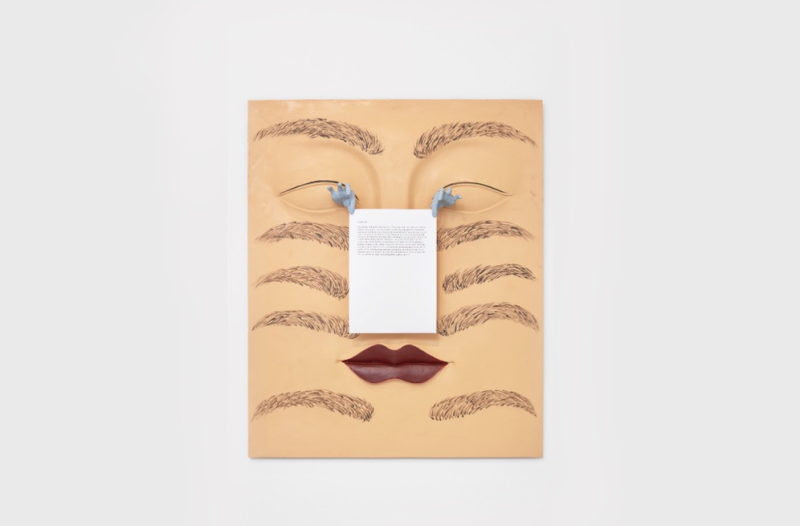“START” START Museum Inaugural Exhibition
2022.12.30-2023.05.21
- Location:START Museum, Shanghai
- Artist:
“START” is ingeniously planned for years by a group of specialists, led by Mr. He Juxing, the founder and director of the museum. The exhibition involves 88 works by 85 artists, among which the eldest was born in 1921, while the youngest was born in 1988. The artists are the representatives of contemporary art around the world, coming from different countries including China, Korea, India, the US, Denmark, Brazil, the UK, France, Italy, Germany, Belgium, Bulgaria, Serbia, etc. The power of the times, the creativity and aesthetic value in their works will be the new epitome of contemporary aesthetics and cultural expressions.
This exhibition is the first chapter of the debut of Start Museum, according to the team’s plan. The entire debut consists of 4 consecutive exhibitions, or the 4 seasons of “START”, each of them will last for 5 months in the upcoming 2 years. For the sake of diversity and complexity of art, each season will be demonstrated with different undertones and perspectives, which ensures the novelty and freshness of the works, despite some overlapped artists. In summary, the 4 consecutive inaugural exhibitions will last for 20 months, and will cover over 300 works by over 300 contemporary artists of the world.
As the first chapter of the museum’s inaugural exhibition, “START” is not only a grand gathering of contemporary classics, but also proposes a series of niche insights and important questions to the international academia. On the one hand, it seems to be reiterating the spiritual value and contribution of Chinese art in the new era; while on the other hand, it seems to have started a grand vision to contribute and reshape the development of international art from a Chinese perspective. What’s more, other than the current popular paradigm, it transcends the classics beyond the “time clue” and the “thematically”. In Mr. He Juxing’s words, the artists and their artworks, according to his anticipation, are to become their own time and monuments, rather than being sorted by timeline or defined by themes. Perhaps this happens to tackle the pain point of the narrative of the existing art history and of the logic of present-day exhibitions.



